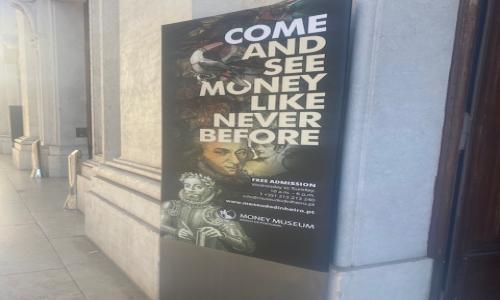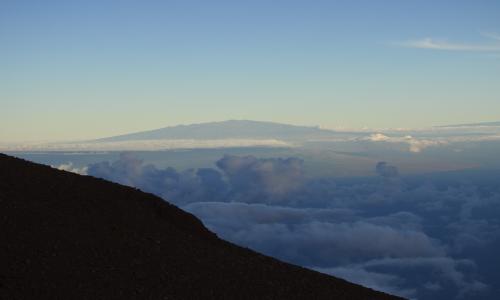There is a risk free rate. The absolute risk free rate is the Treasury rate, but for private individuals who put less than FDIC insured limits (currently $250,000) in a single account, the risk free rate is the rate on short-term CDs.
That's what you are going to get on your money, unless you want to take a risk.
Stanford Financial offered investors supposed risk-free returns with a rate well above the risk free rate so long as they put their money in CDs on some island in the Carribean. When the entire thing was exposed as a ponzi scheme earlier this year, investors were surprised.
The amazing thing is that there are still people who believe that they can outperform and dramatically outperform US CDs, but making dollar denominated investments in offshore CDs. I was amazed that over the last several days a group of people in Mexico are bombarding the web with the some CDs that are too good to be true (12% over 90 days, 15% over a year and 18% over 18 months, or something like that). Here is the link from one of these sites.
The internet, unfortunately, gives everybody in the world the ability to con people out of their money. Offshore CDs are nothing but ponzi schemes no matter how nice the offices, or the pictures on the website. I am bothered by how professional these sites look, and the likelihood that many will get sucked into this, in spite of how fresh the Stanford Financial experience should be. The allure of outsized returns is something that everybody wants.
The most bothersome thing about these offshore CDs is that Google is allowing them to proliferate and to advertise across their networks, in spite of how obvious it should be that they are ponzi schemes.











Add your Comment
or use your BestCashCow account